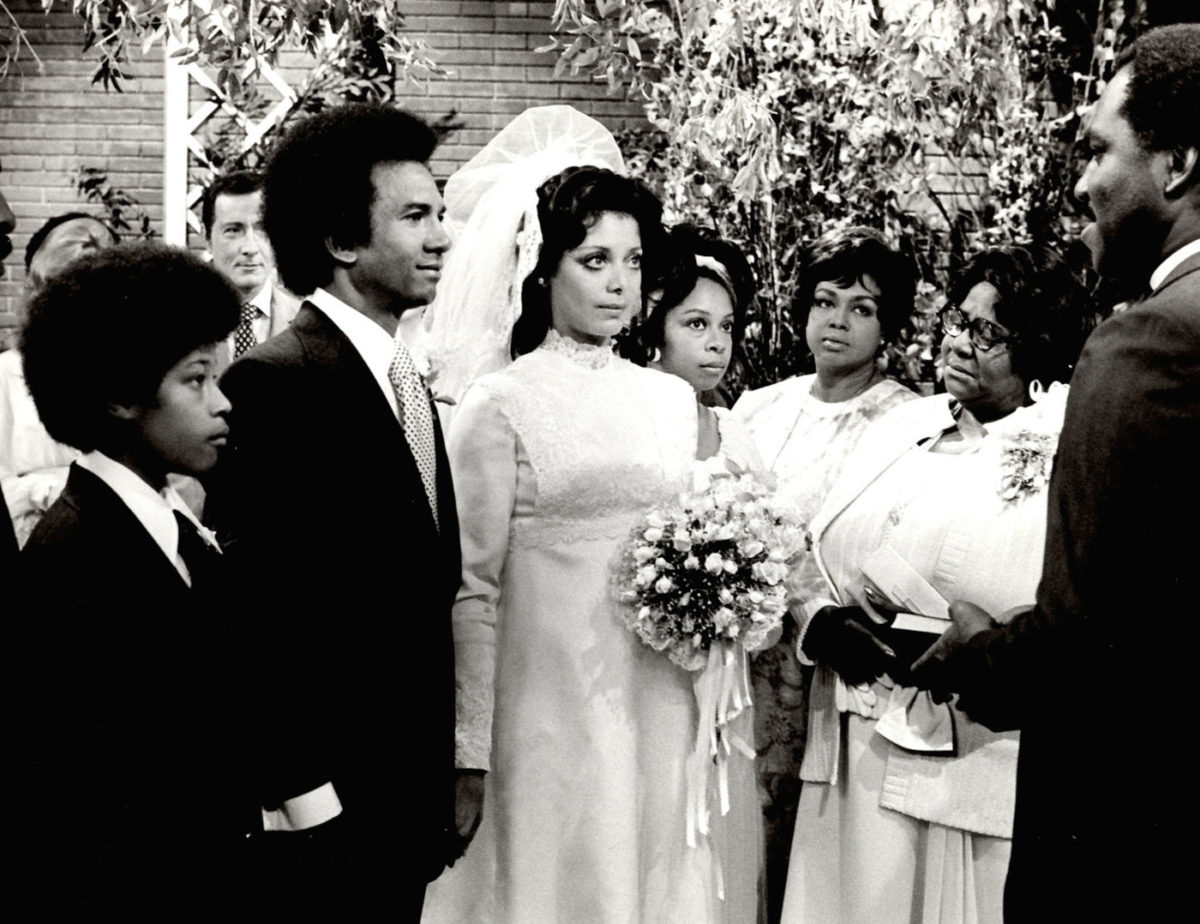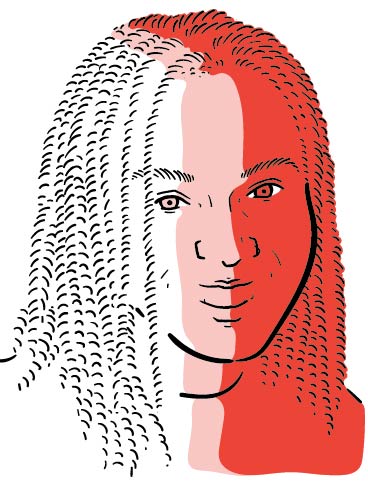
There's an old-school rule about the technique of fiction writing that claims the first sentence of a story should tell its whole plot. I don’t believe in hard-and-fast rules about fiction anymore, but in examples where that maxim is true, I've felt rejuvenated once I was done reading them. There’s something enlivening about finishing a book and going back to the beginning, Finnegans Wake-style, and finding the beginning told the end, and vice versa. The sensation also has to do with feeling like the writer made every sentence matter, which in a book of several hundred pages is like pulling off a magic trick.
You have reached your article limit
Sign up for a digital subscription and continue reading all new issues, plus our entire archives, for just $1.50/month.
Already a subscriber? Sign in





